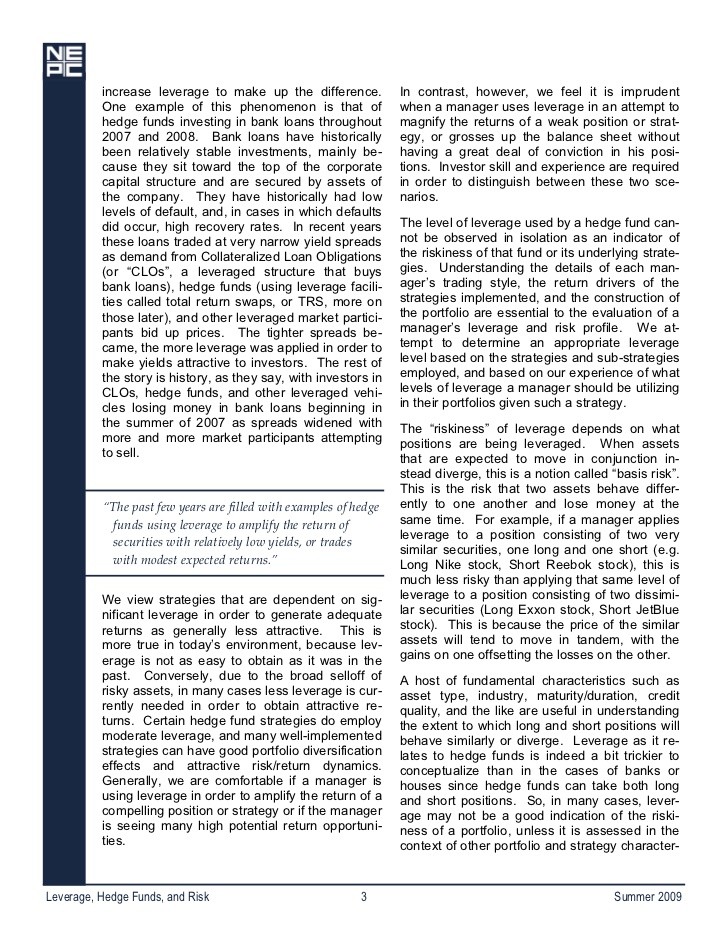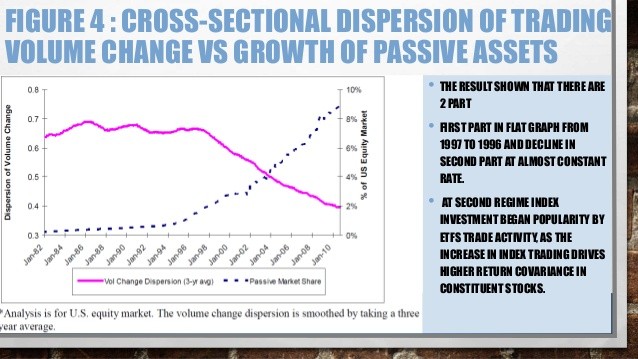5 Ways To Measure Mutual Fund Risk_3
Post on: 3 Апрель, 2015 No Comment

Quantitative Performance Evaluation
9.0 Overview
This class considers the efficiency of capital markets and how to measure the performance of individual stocks and mutual funds over time. Three notions of efficiency are introduced based on the type of information being used to forecast returns. A number of technical trading rules are introduced and their success is evaluated. Three traditional measures of portfolio performance are reviewed, and some more recent measures of performance are introduced. The relative strengths and weaknesses of the various measures are compared and contrasted.
9.1 Objectives
After completing this class, you should be able to:
Understand the different types of market efficiency.
- Compute the Jensen, Sharpe, and Treynor measures of performance.
9.2 Efficient Capital Markets
According to Fama: An efficient capital market is a market that is efficient in processing information. The prices of securities at any time are based on correct evaluation of all information available at that time. In an efficient capital market, prices fully reflect available information.
We will be concerned with how well the market absorbs new information. In order to tell if the market adjusts to information, you need a pricing model. For example, in the last lecture, we considered the performance a mutual fund: Franklin Income. We assumed that the beta of Franklin was 1.00. We then showed that Franklin’s performance was below the market’s risk adjusted expectation. Suppose that we estimated the beta to be 0.5. Then Franklin made a very large abnormal return. Is this evidence of market efficiency? Franklin is just a portfolio of NYSE stocks. How could the fund managers consistently pick the right stocks over 15 years? We cannot conclusively state that the market is inefficient because:
- The model that we use to risk adjust (the CAPM) could be incorrect;
As a result, we must always condition our statements about market efficiency in terms of the model that we are using to test efficiency.
Hence, any test of efficiency, is a joint test of efficiency and the pricing model. This means that given a certain pricing model, you might find evidence against market efficiency. But another hypothesis is that the market if efficient and you are using the wrong pricing model. This is a common dilemma in testing joint hypotheses.
9.3 Three Versions of Market Efficiency
As previously defined, in an efficient market, prices are set to fully reflect all relevant information. There are three types of efficiency which are based on different notions of what type of information is understood to be relevant.
9.4 Weak-Form Efficiency
No investor can earn abnormal returns by developing trading rules based on historical price or return information. Information from past returns is available at a very low cost. It makes sense that these past returns cannot be used to forecast future returns. Most people would agree that weak-form efficiency holds.
The investment strategies of charting and technical analysis are based on the premise of weak-form inefficiency. These techniques involve searching for patterns or regularities in past prices n order to forecast future prices. The process begins by collecting a past series of prices such as in Figure 1, which shows the high, low and closing prices for IBM over the recent past.

One strand of technical analysis involves identifying common patterns in past prices. Figure 2 shows a classic head and shoulders pattern. The argument is as follows: After some random movements, the stock begins to gather strength. This results in some profit-taking and the price settles back. There is further strength in the stock and the price reaches a new high. Further profit-taking reduces the price. After a moderate rally, support for the stock dies away and the price falls. Once the price falls below the dashed line connecting the shoulders, the price is expected to breakout and fall abruptly. These arguments are, of course, complete and utter nonsense.
Another example of a technical trading rule is the Bollinger Band. This is simply a band with upper boundary two standard deviations above a 15-day moving average and lower boundary two standard deviations below a 15-day moving average. When the actual stock price moves outside the band, a breakout from a resistance level is signaled and the stock should be bought or sold depending on whether the upper or lower band is broken.
Figure 1
Figure 2: Head and Shoulders Pattern
9.5 Semistrong-Form Efficiency
No investor can earn abnormal returns from trading rules based on any publicly available information. Examples of publicly available information are: annual reports of companies, investment advisory data such as Heard on the Street in the Wall Street Journal, or ticker tape information. All of this information is relatively inexpensive to collect.
9.6 Strong-Form Efficiency
No investor can earn abnormal returns using any information — private or public. Private information is usually very costly to collect. Almost nobody believes that markets are strongly efficient.
9.7 A Test of Weak-Form Efficiency
If a market exhibits weak-form efficiency, then it is impossible to earn abnormal returns by developing a forecasting model based on past returns. The first thing we have to deal with is the definition of abnormal returns. In the context of the Capital Asset Pricing Model, an abnormal return is defined as the return in excess of what was expected according to the CAPM equation. The CAPM suggests that the only variables that we need in calculating the expected return on security i are: the riskfree rate (a constant), the expected excess return on the market, and the security’s beta (a constant). A similar implication holds for the APT. The expected excess return is a function of the factor loading times the factor premium.
or with a more general factor model,
where the are factor premia. There are no additional variables that should be included in this equation.
We will carry out a test of weak-form market efficiency by trying to forecast IBM’s stock return with a past IBM stock return. The model we will consider is:
The weak-form hypothesis tells us that the delta 1 coefficient should be indistinguishable from zero. Consider the results of the following regressions. I have provided some results for IBM from 1926—1984. The returns data comes from the Center for Research in Security Prices (CRSP).














